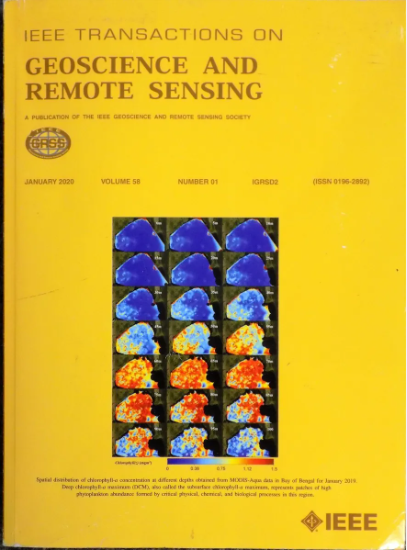Prediction of the Geomechanical Properties of Anisotropic Reservoirs From Acoustic Logs Using Machine Learning
IF 7.5
1区 地球科学
Q1 ENGINEERING, ELECTRICAL & ELECTRONIC
IEEE Transactions on Geoscience and Remote Sensing
Pub Date : 2025-03-31
DOI:10.1109/TGRS.2025.3556039
引用次数: 0
Abstract
A neural network (NN) is developed to predict the elastic properties of reservoirs from acoustic data acquired during logging. The NN is applied to flexural and quadrupole slowness curves obtained from wireline and logging while drilling (LWD) acoustic instruments. Results show that the velocities are estimated with high accuracy for isotropic and vertical transversely isotropic formations vertically transverse isotropic (VTI), and that the method is stable and fast. The NN model yields accurate estimation for velocities in all directions, with the best results observed for shear velocity (求助全文
约1分钟内获得全文
求助全文
来源期刊

IEEE Transactions on Geoscience and Remote Sensing
工程技术-地球化学与地球物理
CiteScore
11.50
自引率
28.00%
发文量
1912
审稿时长
4.0 months
期刊介绍:
IEEE Transactions on Geoscience and Remote Sensing (TGRS) is a monthly publication that focuses on the theory, concepts, and techniques of science and engineering as applied to sensing the land, oceans, atmosphere, and space; and the processing, interpretation, and dissemination of this information.
 求助内容:
求助内容: 应助结果提醒方式:
应助结果提醒方式:


